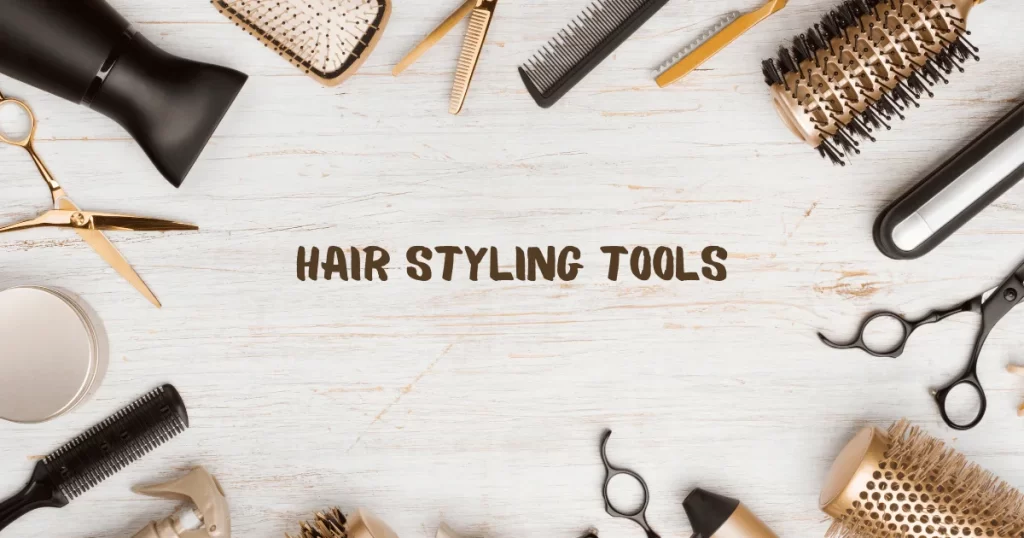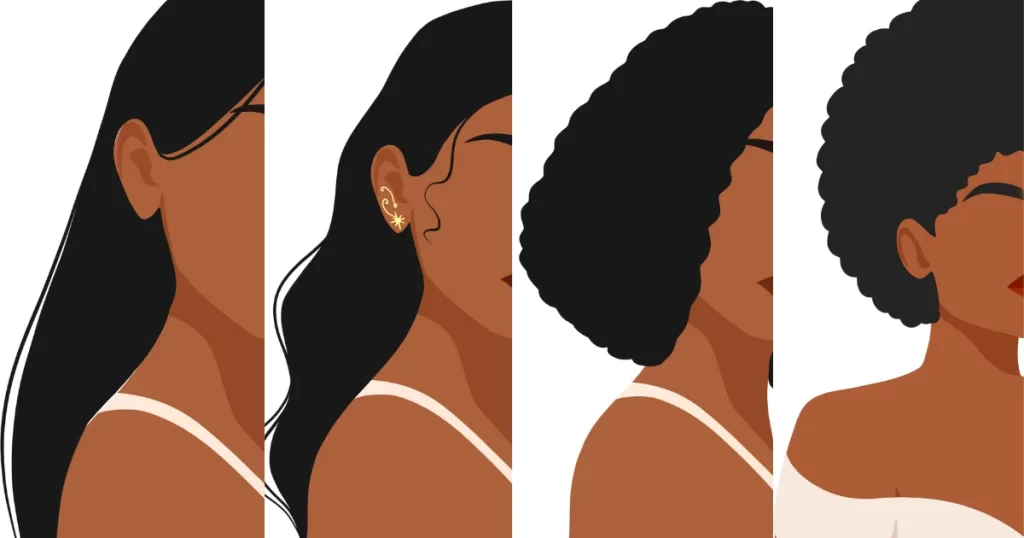In the realm of hair care, appropriate tools tailored to your unique hair type hold the key to nurturing and enhancing the health and beauty of your locks. Hair care is by no means a universal solution, personalizing your toolkit to your distinct hair type can transform the way your hair both appears and feels.
Join me as we journey to discover the ideal tools for different hair types, encompassing straight, wavy, curly, and coily. Additionally, I’ll share some expert insights on effectively utilizing these tools and achieving the best results.
Straight Hair: Paddle Brush
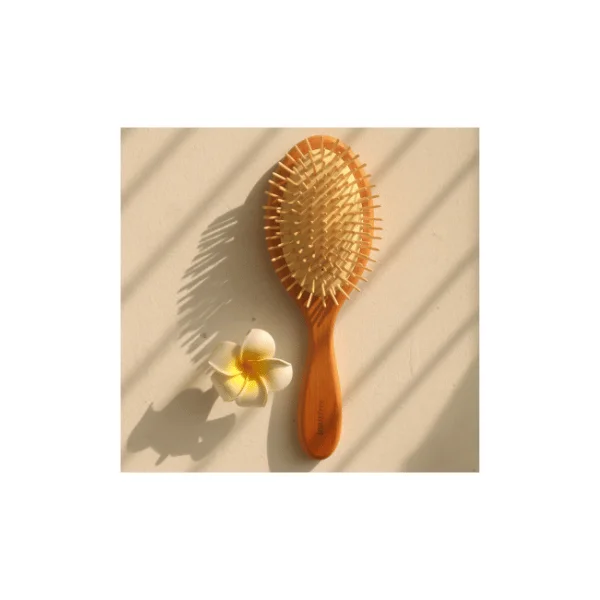
If you have straight hair, you’re in luck! Your hair type is often the most manageable, and a paddle brush can work wonders. Paddle brushes have wide and flat bristles that are perfect for detangling and smoothing straight hair. Let’s dive deeper into these tips for using a paddle brush on straight hair and explore how you can make the most of this simple yet effective tool:
Start from the tips: Brushing your hair from the tips and working your way up to the roots is a fundamental step in straight hair care. This technique helps prevent breakage and minimizes the stress on your hair.
When you start at the tips, you’re first detangling the ends, which are typically the most prone to knots and damage. As you gently work your way up, you’ll find it easier to remove tangles without causing unnecessary strain on your hair.
Gentle strokes: Straight hair is generally more fragile than other hair types. It lacks the natural curls or waves that provide some protection, so using gentle and long strokes with a paddle brush is essential.
The bristles of a paddle brush are designed to distribute the pressure evenly across your hair, reducing the risk of breakage.
When brushing, avoid tugging or pulling too hard, especially when you encounter knots or tangles. Instead, use steady, even strokes to ease through any problem areas.
Static control: Static electricity can be a common issue, especially during dry and cold weather. To combat static and keep your straight hair looking smooth, you can try a few tricks:
Anti-static spray: Invest in a good-quality anti-static spray. These sprays are formulated to reduce static buildup in your hair, making it more manageable and less prone to flyaways.
Hair serum: Another option is to apply a few drops of a hair serum to your brush before you start brushing. This method can help in two ways: it adds weight to your hair and provides extra shine and protection.
Avoid plastic brushes: If static is a persistent issue, consider switching to a paddle brush with natural bristles. These can be gentler on your hair and create less static.
Wavy Hair: Wide-Tooth Comb
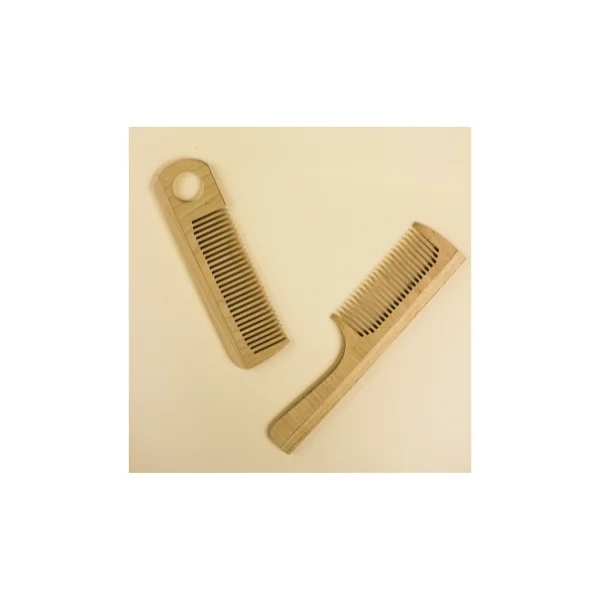
Wavy hair has a unique charm with its challenges, primarily in managing frizz and tangles. That’s where the trusty wide-tooth comb comes into play. Tips for using a wide-tooth comb on wavy hair to maintain those gorgeous waves and keep frizz at bay:
Detangle gently: Start by gently detangling your hair from the tips to the roots. Using a wide-tooth comb prevents snags and breakage, a common issue with wavy hair.
Here’s how to do it effectively:
Begin at the tips: Start by detangling your wavy hair from the tips and gradually work your way up to the roots. This method prevents snags and reduces the risk of breakage, a common concern with wavy hair.
Divide and conquer: If you encounter stubborn tangles, it’s helpful to divide your hair into sections. This method makes the process more manageable and ensures you’re not missing any knots.
Wet combing: If your hair is prone to frizz, consider combing it while it’s wet and conditioned. Apply a leave-in conditioner or detangling spray to make the process smoother.
Here’s how to do it right:
Wet your hair: Use a spray bottle to dampen hair or detangle it in the shower while it’s saturated with conditioner. Wet hair is more pliable and less likely to break during detangling.
Use a leave-in conditioner or detangling spray: Applying a leave-in conditioner or a detangling spray before combing can provide extra slip, making it easier to work through knots and tangles.
Start from the tips: Even when your hair is wet, begin detangling at the tips and work your way up. This approach is gentler and ensures you’re not causing unnecessary stress on your hair.
Parting advice: Creating defined part lines can enhance the overall look of your wavy hair. Here’s how to use a wide-tooth comb for this purpose:
Choose your part: Decide where you want to part your hair. You can opt for a middle part, a side part, or a zigzag part depending on your preference and face shape.
Use the wide-tooth comb: Run the wide-tooth comb along the parting line to create a clean and defined separation. This method helps your waves fall naturally and frames your face beautifully.
Curly Hair: Wide-Tooth Comb and Detangling Brush
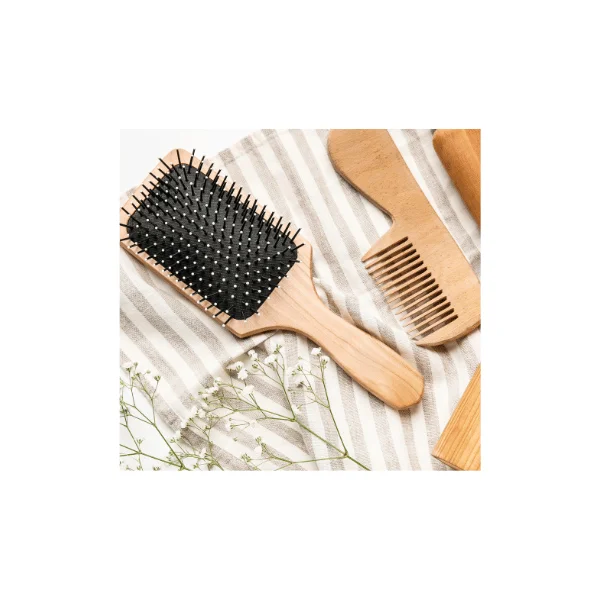
Curly hair is known for its unique texture and volume. Those gorgeous curls deserve special attention and a combination of the right tools to keep them looking their best.
Let’s explore how you can effectively use wide-tooth combs, detangling brushes, and some additional tips to maintain those beautiful curls:
Wide-tooth comb: Just like with wavy hair, a wide-tooth comb is a must for detangling curly hair. Here’s how to use it effectively:
Start at the tips: Begin detangling your curly hair from the tips, and then work your way up to the roots. This approach minimizes the risk of breakage and makes the process much smoother.
Take your time: Be patient while detangling your curls. Curly hair can be prone to knots, and rushing through this process can lead to damage. Slow and steady wins the race.
Detangling brush: Consider using a detangling brush with flexible bristles for those stubborn knots. These brushes are designed to glide through curly hair without causing excessive breakage.
Flexible bristles: These detangling brushes are designed with flexible bristles that gently work through knots and tangles. These brushes are particularly effective at gliding through curly hair without causing excessive breakage.
Stubborn knots: If you encounter stubborn knots, the detangling brush can be your go-to tool. Use it with care and start from the tips, working your way up.
Section your hair: Dividing your curly hair into sections can make the detangling process more manageable:
Create sections: Part your hair into sections, whether you’re detangling it in the shower or after spraying it with water. This approach ensures that you don’t miss any knots and allows you to focus on one section at a time.
Use clips or hair ties: To keep the sections separate, you can use hair clips or ties. This makes the process more organized and less overwhelming.
Wet hair: Curly hair is often best managed when wet, so consider detangling it in the shower or with a spray bottle to keep it damp.
Shower detangling: Some individuals with curly hair prefer to detangle in the shower while their hair is saturated with conditioner. The water and conditioner provide slip, making it easier to work through knots.
Spray bottle: If you’re not detangling in the shower, use a spray bottle to keep your hair damp while detangling. This method also adds moisture and makes the process smoother.
Additional Tips for Curly Hair Care:
Curl-Specific Products: Choose hair products formulated for curly hair, such as curl-enhancing shampoos, conditioners, and styling gels. These products are meant to define and enhance your curls.
Avoid Over-Shampooing: Curly hair tends to be drier, so avoid over-shampooing, which can strip your hair of its natural oils. Consider co-washing (using conditioner to wash) or using a sulfate-free shampoo.
Plop Your Hair: Plopping is a technique where you wrap your wet hair in a microfiber towel or a cotton T-shirt to help your curls maintain their shape and reduce frizz.
Coily Hair: Wide-Tooth Comb and Water Spray Bottle
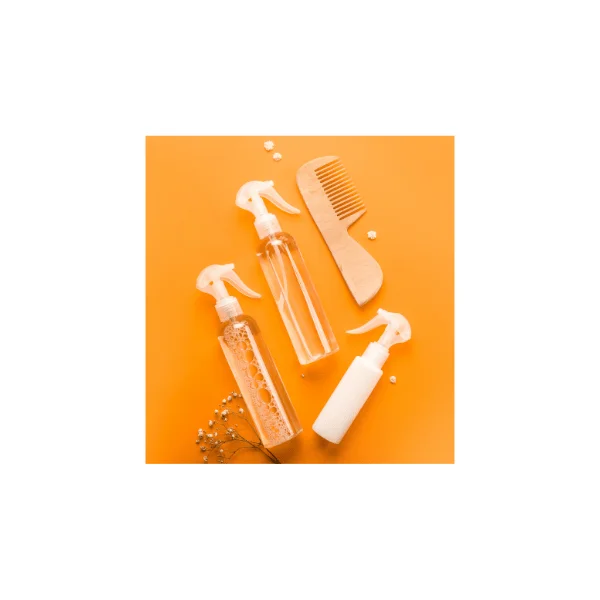
Caring for coily hair, with its tight and springy curls, is indeed a special endeavour. It requires the right tools and techniques to ensure those beautiful curls are healthy and well-maintained.
Here’s how you can make the most of a wide-tooth comb, a water spray bottle, and some additional tips to keep your coily hair looking stunning:
Wide-tooth comb: Detangling coily hair can be a challenge, but a wide-tooth comb is your trusted ally. Here’s how to use it effectively:
Start at the tips: Begin by detangling your coily hair from the tips, and gradually work your way up to the roots. This approach minimizes breakage and makes the process much smoother.
Patience is key: Coily hair tends to form tight knots and tangles. Take your time when detangling, and avoid rushing through the process. Being patient and gentle is essential.
Water spray bottle: Coily hair can often be quite dry, so a water spray bottle can be a game-changer in your hair care routine:
Keep your hair damp: Use the spray bottle to keep your coily hair damp while detangling. Wet hair is more pliable and less prone to breakage.
Hydration is key: Coily hair benefits from additional moisture. Regularly misting your hair can help keep it hydrated, making it more manageable for detangling and styling.
Leave-in conditioner: Incorporating a leave-in conditioner into your routine can significantly improve the detangling process:
Moisture and slip: Leave-in conditioner adds moisture and slips to your coily hair, reducing friction and breakage during detangling. It also helps to maintain your hair’s natural moisture balance.
Use it generously: Don’t be shy about applying leave-in conditioner, especially if your hair tends to be very dry. Focus on the ends and mid-lengths to ensure they receive the most hydration.
Additional Tips for Coily Hair Care:
Be gentle: One of the most important aspects of caring for coily hair is gentleness. Treat your hair with the utmost care, whether you’re brushing, combing, or styling. Avoid harsh pulling, tugging, or excessive tension, which can lead to damage and breakage.
Regular maintenance: Trimming your hair regularly is essential to get rid of split ends, which can make your coily hair look frizzy and unkempt. A professional trim every 6-8 weeks helps maintain the health and shape of your curls.
Protective styles: Consider protective styles like braids or twists to reduce the manipulation of your hair, especially during harsh weather or when you need a break from daily styling.
Pro Tips
In addition to using the right tools, here are some universal tips for effective hair care, regardless of your hair type:
Satin or Silk Pillowcase: Switch to a satin or silk pillowcase to minimize friction, reduce breakage, and maintain your coily hair’s natural moisture.
Deep Conditioning: Regular deep conditioning treatments can help keep your hair well-hydrated and in optimal condition. Look for deep conditioners designed for your hair type. Consider using a deep conditioner at least once a week.
Air Drying: Allow your hair to air dry whenever possible. Using a diffuser on your hairdryer can help minimize frizz while maintaining your hair’s natural shape.
Proper Shampoo and Conditioning: Select shampoos and conditioners formulated for your hair type. Invest in high-quality shampoos, conditioners, and styling products that are formulated for your hair type.
Minimal Heat Styling: To prevent unnecessary damage, try to limit the use of heat-styling tools. If you must use them, always apply a heat protectant to safeguard your waves.
Use heat protectants: If you use heat styling tools, always use a heat protectant spray to shield your hair from damage.
Remember that hair care is a journey, and finding the tools and techniques that work best for your specific hair type may take some trial and error. However, with the right tools and a little patience, you can achieve healthy, beautiful hair. These tips and recommendations are helpful for your hair care journey. Happy hair care!

